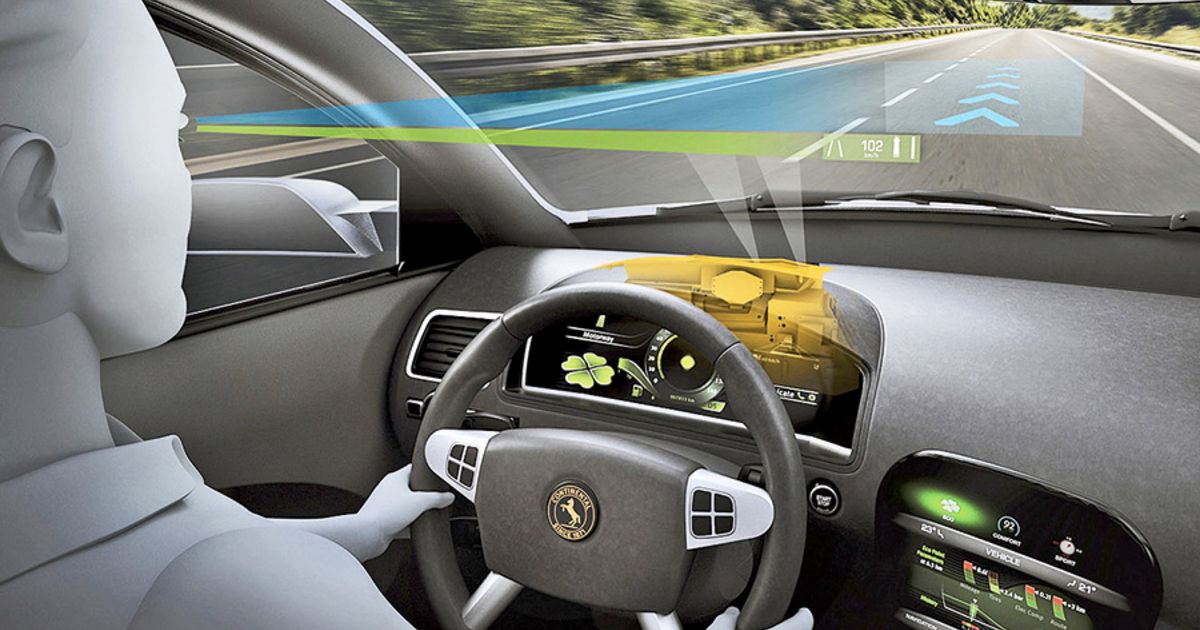Automobiles have come a long way from simple mechanical devices to highly sophisticated computer systems on wheels. Modern vehicles are packed with dozens of electronic control units (ECUs) that use embedded systems to control and monitor virtually every function. From engine ignition to braking to climate control and more, automotive embedded systems play a crucial role behind the scenes.
Controlling the Engine and Drivetrain
One of the core responsibilities of automotive embedded systems is to precisely manage the engine and drivetrain. The engine control unit (ECU) uses sensors to monitor parameters like crankshaft position, engine coolant temperature, oxygen levels in the exhaust and more. It then instantly calculates and issues commands to ensure optimal fuel injection, ignition timing and other operations. Similarly, the transmission control module governs automatic or automated manual transmissions.
Monitoring and Optimizing Performance
Sophisticated sensors continuously feed real-time performance data to the powertrain control module. This allows the embedded system to monitor critical components, detect abnormal functioning and take corrective actions. It also optimizes various parameters to enhance fuel efficiency, engine response and drivability. Advanced driver assistance systems further analyze driver behavior and road conditions to adjust transmission shift points and throttle inputs accordingly.
Integrating Safety and Convenience Features
Automotive Embedded Systems seamlessly integrate a variety of active and passive safety features. The airbag control module deploys airbags within milliseconds of a collision. Anti-lock braking systems prevent wheel lockups during sudden braking. Electronic stability control analyzes critical dynamics parameters hundred times per second to optimize traction and stability. Convenience features like keyless entry, infotainment and climate control are also governed by automotive embedded platforms.
Coordinated Body Electronics
A zonal architecture divides vehicle body electronics into domains controlled by individual domain control modules. The body control module coordinates functions like power door locks, windows and mirrors. The instrument cluster computers generate digital displays of vital readouts. Steering and seat controls are managed by dedicated steering and seat modules. These localized embedded platforms coordinate with the main computer over a high-speed bus.
Integration of Advanced Driver Assist Systems
Leading automakers are rapidly enhancing driver assistance capabilities through sophisticated embedded systems. Advanced cruise control uses radar and cameras for adaptive speed and distance keeping. Autonomous emergency braking can apply brakes autonomously if risk of collision is detected. Lane departure warning alerts the driver and may even correct steering if the vehicle drifts across lane markings unintentionally. Full-scale self-driving capabilities will rely entirely on automotive embedded platforms to orchestrate myriad sensors and actuators.
Secure Onboard Communications
Automotive networks utilize controller area networks (CAN buses) and increasingly flexible automotive open systems architecture (AUTOSAR) to facilitate seamless communication between ECUs. However, this connectivity exposes vehicles to cybersecurity risks as well. Modern embedded platforms incorporate rigorous firewalls, encryption, authentication and other defenses to protect critical systems and passenger privacy. Over-the-air software updates further help automakers issue security patches seamlessly.
Transition to More Powerful Platforms
Early automotive embedded systems relied on simple 8- and 16-bit microcontrollers. However, the complexity of driver assistance and active safety systems necessitates more processing power and memory. Today’s ECUs commonly use 32-bit microcontrollers and even systems-on-chip with advanced multimedia processors. Industry leaders are researching the viability of AI accelerators and specialized autonomous driving chips. Meanwhile, consolidation towards domain controllers, zonal architectures and flexible open systems helps improve scalability of automotive embedded platforms.
*Note:
1. Source: Coherent Market Insights, Public sources, Desk research
2. We have leveraged AI tools to mine information and compile it



